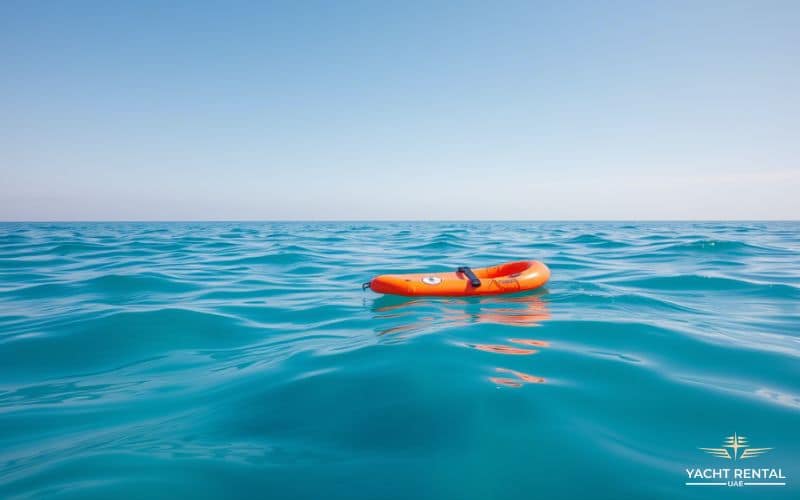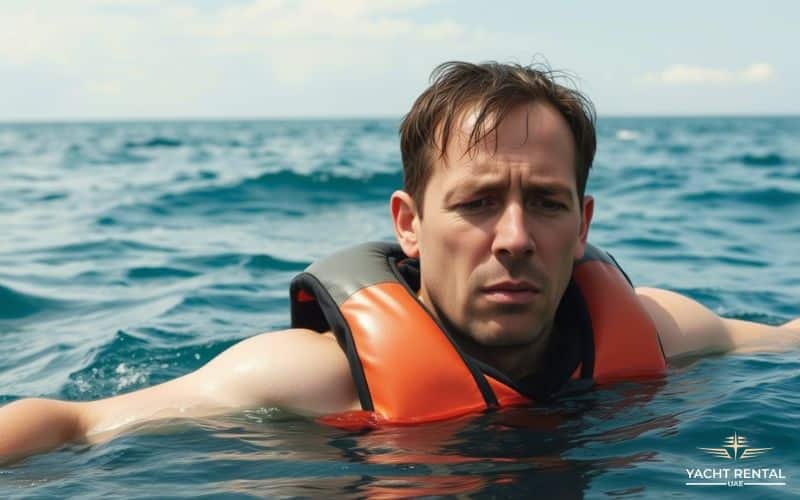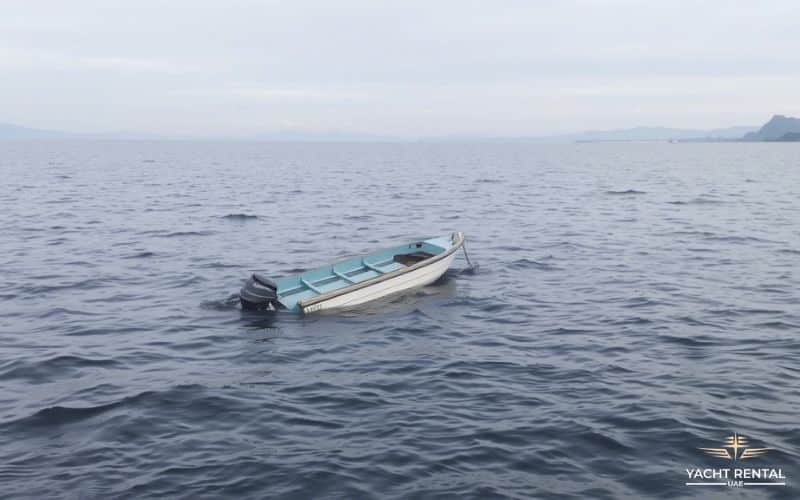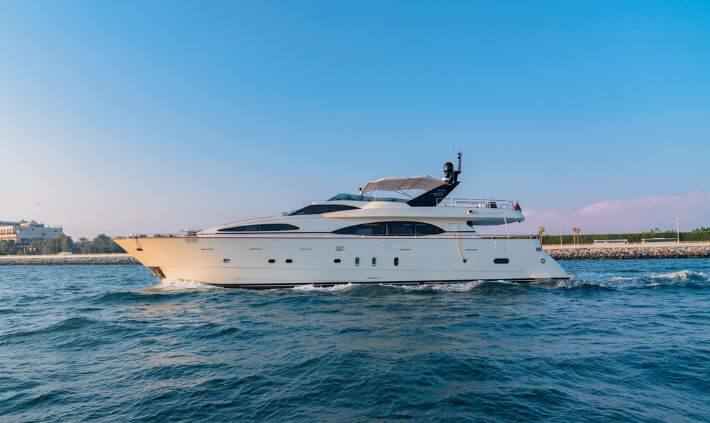Why Staying with the Boat Is Your Best Bet?
When your boat gets swamped, it might seem logical to abandon it and head for shore. Resist that urge. A boat, even one that’s waterlogged or half-sunk, is a beacon for rescuers. Its size, shape, and often bright colors make it far more visible than a tiny human head bobbing in the waves.
How to do it: Grab onto any part of the boat that’s still above water. If it is stable, climb aboard to lift yourself out of the water. So this keeps you visible and reduces energy loss. Use the boat’s reflective surfaces (like metal trim or windows) to catch sunlight and boost your visibility even more.
Life Jackets are More Than Just Buoyancy

Slipping on a life jacket is non-negotiable, whether you are already wearing one or not. It is your personal flotation device, sure, but it is also a stamina-saver. In rough, open water, treading without one can tire you out in minutes – minutes you might need to survive hours.
Beyond keeping you afloat, a life jacket lets you rest, preserving energy for signaling or staying warm. In cold water, it adds a thin layer of insulation against hypothermia. Secure it tightly so it won’t slip off in waves. If you are with others, check their jackets. Teamwork can save lives.
Signal for Help and Be Loud
Getting rescued means getting noticed. Your boat helps, but active signaling seals the deal. Whether it is a whistle piercing the air, a mirror flashing sunlight, or a radio call cutting through the silence, every signal increases your odds. Options to try:
- Whistle: A sharp blast carries farther than your voice. Use three short bursts, the universal distress signal.
- Mirror: Angle it to reflect sunlight toward boats, planes, or shore. Practice this beforehand; it is trickier than it looks.
- Radio/Phone: If you have one in a waterproof case, use it to call Mayday on VHF channel 16 or dial emergency services.
Why Swimming to the Shore Is a Trap?
You spot land in the distance and think, “I can make it.” Stop. Swimming in open water is a gamble with terrible odds. Currents can pull you off course, distances are deceptive, and exhaustion hits fast, especially with waves or cold sapping your strength.
- The reality: Even Olympic swimmers struggle in unpredictable seas. A mile might take an hour, and that’s without gear or fatigue factoring in.
- What to do instead: Stay put, trust your life jacket, and focus on being rescued. Patience beats panic every time.
Conserve Your Energy and Warmth

Help might not come instantly, so make your body last. Water steals heat 25 times faster than air, and every shiver or paddle burns precious energy. Get out of the water if you can and perch on the boat or debris. In the water? Float, don’t fight. Curl into a ball or huddle with others to trap heat.
Hypothermia can kill faster than drowning if you are far from shore. Energy keeps you alert to signal when help arrives. Mentally rehearse, staying calm. For example, count breaths or sing a song in your head. It is a distraction that saves stamina.
Also Read: Your Boat Capsizes But Remains Afloat – What Should You Do
Final Words
If your boat swamps far from shore, your survival hinges on these steps: stick with the boat, wear a life jacket, signal loud and clear, skip the swim, and save your strength. But it is more than a checklist; it is a mindset.
You must understand why each action works and add small, smart tweaks (like rhythmic signals or gear checks). You are not just surviving; you are mastering the moment. Next time you hit the water, bring this knowledge along. It weighs nothing but could save everything.







